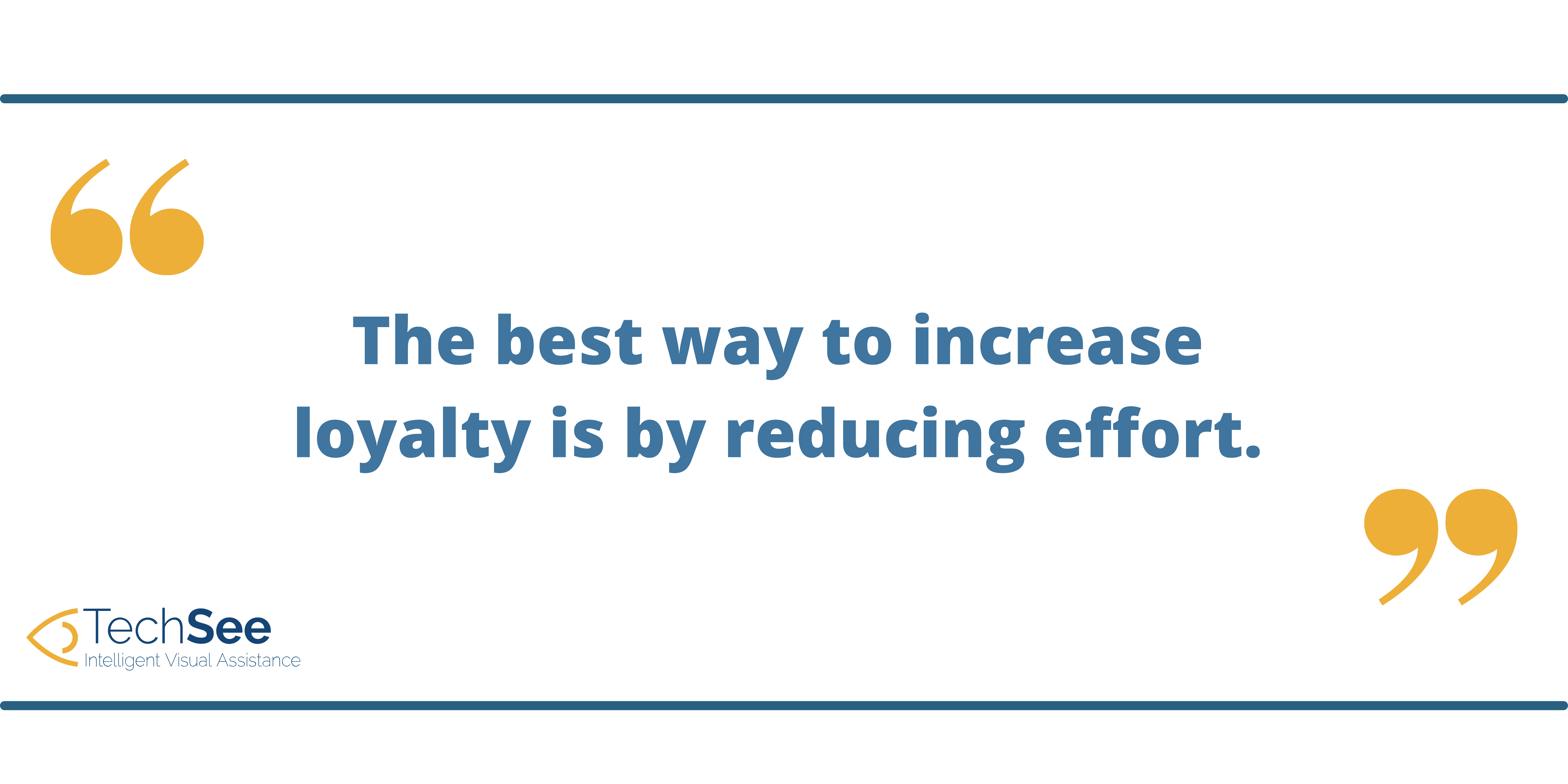Contents
Focusing on customer retention in the telecom industry is becoming increasingly important, as CSPs have discovered.
With the telecommunications industry at saturation point, and with services largely commoditized, providers suffer from exceptionally high rates of churn. Accenture reports that 77% of consumers now retract their loyalty more quickly than they did three years ago and telcos must therefore work harder than ever to retain their customer bases. Acquisition costs far outweigh those of keeping current customers, further motivating companies to implement innovative strategies to boost customer retention in the telecom industry. This is further underscored by research from Bain & Company suggesting that a mere 5% increase in a company’s retention rate can increase profits by 25% to 95%.
The Alarming Churn Rate in the Telecom Industry
Our study revealed that 39% of Americans who canceled a contract with a company in the past 24 months cited poor customer service as the primary reason. Just over half of these cancellations were with telecom companies, emphasizing the size of the role churn plays in this industry.
| Industry | % Churn Last 24 Months |
|---|---|
| Telecom | 52% |
| Retail / Ecommerce | 12% |
| Healthcare | 12% |
| Insurance | 11% |
| Banking / Financial Services | 11% |
*Source: TechSee ‘Crash and Churn’ Survey
64% of customers canceled after an ongoing negative experience, while only 17% canceled after a one-time crisis.
Even though 61% of the telcos in question tried to retain their customers after they canceled their contracts — usually by offering a discount or an apology — their efforts were unsuccessful.
Current Retention Strategies in Telecom
To reduce churn and improve loyalty, a number of customer retention strategies in the telecom industry are being utilized.
Customer loyalty programs in the telecom industry
In telecom, customer loyalty is by no means assured. When Verizon restructured its operation in April 2019, one of its first actions was to merge its wireless and wireline customer loyalty programs in order to expand reward possibilities for customers. Verizon Up now allows customers to benefit from a range of perks in exchange for loyalty, including:
- hardware upgrades
- content
- internet service, and
- fiber optic service.
Advanced technologies in telecom
Telcos are increasingly investing in advanced technologies to reduce their churn rates. Customer analytics and insight tools can be used to predict customer behavior, enabling providers to identify the best tactics to improve retention rates.
Vodafone compiles comprehensive customer profiles using data from a wide range of communication channels, including online, paid ads, and owned media. They then use AI to identify the customers who are most likely to churn. Armed with this data, Vodafone matches customers with the most relevant retention plans, offering discounts to some and perks from partner companies to others.
There are many other ways of introducing AI in telecom. Here are 16 examples of AI in customer service that have been successfully implemented by various companies.
Preventive maintenance in telecom
The vast amounts of information collected from customers provide telcos with a data pool that can be used to enable preventive and predictive maintenance. This allows providers to anticipate possible outages before they occur and makes it possible to proactively address any customer issues, increasing customer retention in the telecom industry.
Dutch telco KPN analyzes the notes produced by its contact center agents, and uses the insights generated to make changes to its interactive voice response (IVR) system. KPN also tracks and analyzes customers’ at-home behavior, with their permission, such as switching channels on their modems, which may signify a Wi-Fi issue. Once identified, KPN follows up on these problems, driving greater successes for technical teams. (Gartner)
Customer feedback
Customers have clear expectations about the products and services they are paying for, and telcos must always know whether they are successfully meeting them. Some survey their customers at various points along the journey, learning about any hiccups before they become full-blown crises that can affect retention. In this case study, for example, Comcast questions customers who disconnect their service to identify the root causes of their complaints and address them.
Over delighting is not an effective retention strategy
While all these strategies have their merits, the focus on delighting customers with rewards may be on the way out. Research from CEB has shown that wowing customers may create short-term feel-good moments but has only a low impact on long-term loyalty. The research indicates that there is little difference between the loyalty of customers whose expectations were exceeded and those whose expectations were simply met. This lack of ROI further calls into question the practice of over-delivering when delighting customers increases operating costs by 10-20%.
New metrics are also needed. Although most businesses use customer satisfaction scores to analyze customer experience, data from a Gartner survey indicates that a high CSAT score is an unreliable predictor of customer loyalty. Instead it suggests that the best way to increase loyalty is by reducing effort. 96% of customers who experience a high-effort interaction become more disloyal compared to just 9% who have an effortless experience. It seems clear that reducing customer effort is a way to increase customer retention in the telecom industry.
What to Avoid to Support Customer Retention in the Telecom Industry
By identifying inefficiencies that cause high customer effort, businesses can make the necessary improvements to enhance processes in order to provide an effortless customer experience and boost loyalty. Examples of high-effort interactions include:
Repeat Contacts
Joan contacts her telecom company to complain about sporadic internet coverage. She is instructed to reboot her router, reports that she is now connected and hangs up. However, the issue persists, and she finds herself calling multiple times about the same issue because the root cause has not been properly addressed.
Wasted Customer Time
David has found a discrepancy on his cable bill and contacts his provider. After explaining the issue in depth, the call is accidentally dropped. When David calls back, the rep has no record of David’s call and he must begin the conversation again. Later, he waits on hold for a full five minutes while his call is transferred to the Finance department, only to learn that the transfer went through to Human Resources by mistake.
Shoddy Self-Service
Susan wants to know how to set up her voicemail system. She searches the telecom provider’s website but cannot find the information she’s looking for, nor can she find it in the knowledge center or community forums. Unable to solve her problem on her own, she must contact customer service.
Robotic Service
Shannon is about to board her plane and realizes in a panic that she has forgotten to upgrade her plan to include roaming. She contacts customer service and stresses the urgency, but the rep insists on following a script and reviewing her current plan in depth before addressing Shannon’s simple request.
Complicated Instructions
Paul has purchased a new smart TV and is looking forward to a nice binge of his favorite show. He reads the instruction manual, but 32 steps are too complicated for him to follow. Instead, he accesses the instructions online, navigates through steps one and two, but step three leads him to a dead link, ruining his experience.
Slash Effort to Support Your Telecom Customer Retention Strategy
To compete more effectively, telcos must refocus their efforts and find solutions to do the following:
- provide their customers with an effortless customer experience
- boost loyalty, and
- reduce churn
For more information on the necessity of focusing on customer retention in the telecom industry, click here to download the telecommunications-focused survey report, “Crash and Churn”. Take the first step toward improving customer retention in the telecom industry by slashing effort.








